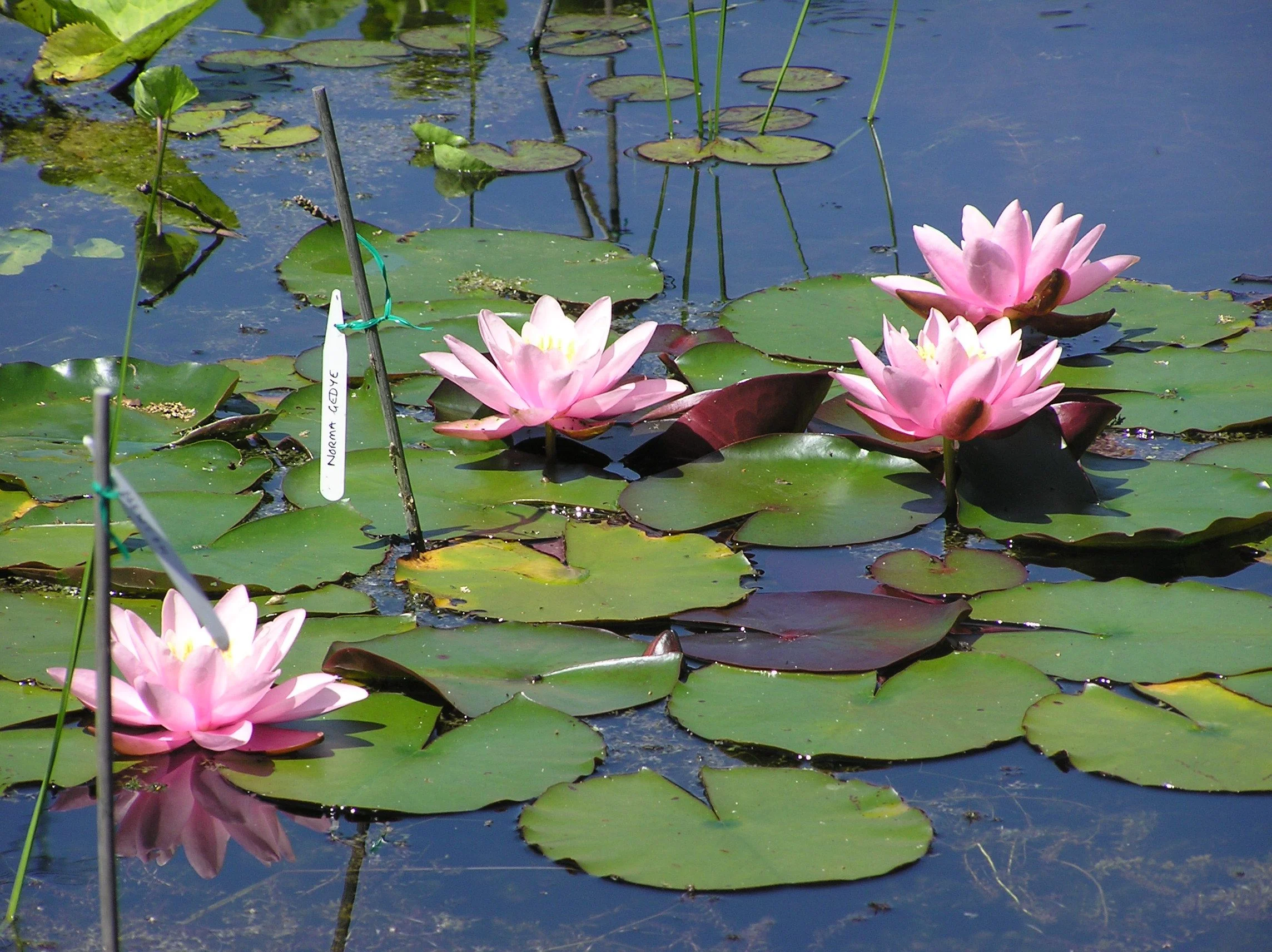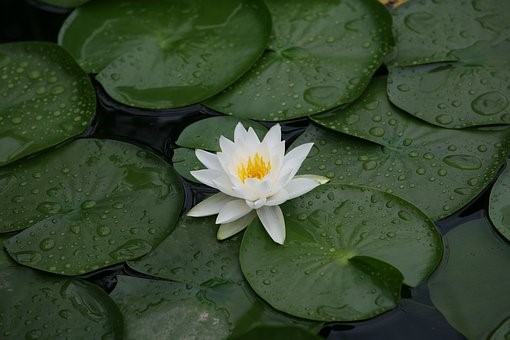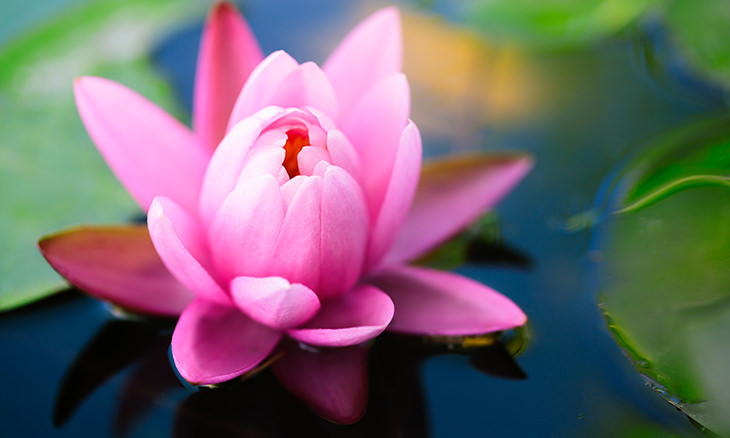Leaves will begin to come up once the tuber has taken root. A lotus plant adapts itself to live in water by developing leaves and stems that waxy in texture and essentially hydrophobic Lotus plants have achieved the hydrophobic effect.
The plants will grow quicker if they are kept in heated water.

How does lotus plant adapt itself to live in water. Wetland Plant Adaptations. They have stems leaves and petioles that have air spaces for floatation. Totally submerged plants are the true water plants or hydrophytes.
Lotus leaf and stem surfaces are coated in a wax that is super-hydrophobic meaning it repels water and is very difficult to wet. They are often under water for significant periods of time meaning that they are frequently deprived of oxygen. The leaves of a lotus flower repeal water superhydrophobicity leading to self-cleaning properties sometimes called the lotus effect.
Leaves of Lotus plant are very wide and disc shaped. When water is available they absorb it through their roots and bind it in place in interior water storage cells. Therefore it keeps the surfaces free from excessive water even in water.
In addition to fostering its own growth the heat the lotus plant produces attracts pollinating insects. The stem and leaf surfaces of Lotus are coated with a wax which is very difficult to wet. Bengal bamboo adapted to the extreme hydration of the rainforest by developing vascular bundles that absorb water and wick it up the cane drinking in enormous amounts of water.
These specific adaptations allow the water lily to survive in its environment. Plant Adaptations to Water. The leaves have a large surface area for photosynthesis.
The presence of little or no mechanical strengthening tissue in stems and leaf petioles. The Tree of Life Web Project explains that one of the adaptations of the water lily the thorns on. If these plants are removed from the water they hang limply.
This phenomenon is called thermoregulating. Leaves of Lotus plant are very wide and disc shaped. The lotus flower stems leaves and roots produce heat that helps to regulate the temperature of the surrounding water to form a lotus-friendly microclimate.
The adaptations of the water lily include the wide flat leaves the thorns on the bottom of the leaves the rims around the leaves and the short lifespan of the flower. Wetland plants live a tough life. After this the lotus will basically plant itself turning downward into soil mixture and then growing as it should.
Also Know what adaptations help Lotus survive in water. Some adaptations that help the plants deal with low oxygen and changing water levels are elongated stems shallow roots aerenchyma which are special air pockets inside their stems and. The stem and leaf surfaces of Lotus are coated with a wax which is very difficult to wet.
Whether a plant is purely aquatic water dwelling or if it grows in boggy or muddy conditions its survival depends on appropriate adaptations. The water is held there without the danger of being lost until the plants need it. Wetland plants also need to remain stable in the soil if they deal with fast moving water.
It has various adaptations which helps it in surviving under those conditions. A lotus plant is born adapted to life in water. On the whole plant species that live in water are adapted in a number of ways.
Some of these are. Some plants live directly in the water while others live in soil that is very close to the waters edge. It also saves energy by flowering only once in its lifespan producing seed and dying.
This allows them to float on water and absorb large amount of sunlight. When examined under a powerful microscope the leaf cells show a bumpy surface. Individual plants do not need to adapt themselves to live in water.
Just be sure to keep the aquatic plant in a sunny area. Because they are truly aquatic they have the greatest number of adaptations to life in water. Leaves of Lotus plant are very wide and disc shaped.
This allows them to float on water and absorb large amount of sunlight. This allows them to float on water and absorb large amount of sunlight. Contrary to popular belief lotus leaves are not smooth at all.
This hydrophobic adaptation is referred to as the lotus effect and has inspired many products that emulate its properties such as paints fabrics and. Lotus is a water plant which grows in water rich environment with an excessive amount of sunlight.

Are Water Lilies Difficult To Grow Merebrook Pond Plants

Physics Explaining The Ruffles Of Lotus Leaves

Lotus Effect Why Are Lotus Leaves Waterproof Kidpid

Lotus Flower Everything You Need To Know

Pin On Spiritual Messages From The Heart Healer

Lotus Showing The Way To Enlightenment The Japan Times

Lotus Vs Water Lilies What S The Difference Container Water Gardens Water Lilies Container Water Gardens Water Lily Pond

Pin By D Bentley On Ideas For The Home Outdoors Water Plants Hibiscus Plant Wedding Photography Company

0 comments:
Post a Comment